
Filter News
Area of Research
News Type
News Topics
- (-) Advanced Reactors (8)
- (-) Biomedical (19)
- (-) Coronavirus (22)
- (-) Environment (17)
- (-) Materials Science (30)
- (-) Physics (17)
- (-) Polymers (7)
- (-) Security (8)
- 3-D Printing/Advanced Manufacturing (27)
- Artificial Intelligence (8)
- Big Data (6)
- Bioenergy (15)
- Biology (4)
- Biotechnology (2)
- Buildings (1)
- Chemical Sciences (5)
- Clean Water (2)
- Composites (3)
- Computer Science (41)
- Critical Materials (2)
- Cybersecurity (6)
- Energy Storage (15)
- Exascale Computing (3)
- Fusion (11)
- Grid (6)
- High-Performance Computing (3)
- Isotopes (12)
- Machine Learning (5)
- Materials (2)
- Mathematics (2)
- Mercury (1)
- Microscopy (8)
- Molten Salt (2)
- Nanotechnology (17)
- National Security (2)
- Neutron Science (34)
- Nuclear Energy (28)
- Quantum Science (14)
- Space Exploration (3)
- Summit (16)
- Transportation (13)
Media Contacts

Researchers at the Department of Energy’s Oak Ridge National Laboratory are refining their design of a 3D-printed nuclear reactor core, scaling up the additive manufacturing process necessary to build it, and developing methods
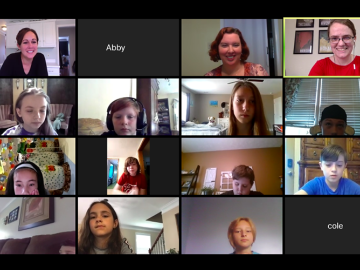
With Tennessee schools online for the rest of the school year, researchers at ORNL are making remote learning more engaging by “Zooming” into virtual classrooms to tell students about their science and their work at a national laboratory.
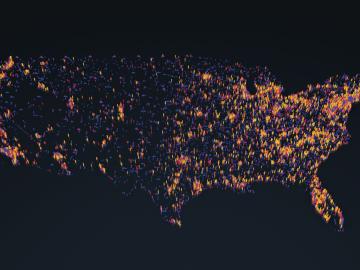
OAK RIDGE, Tenn., May 5, 2020 — By 2050, the United States will likely be exposed to a larger number of extreme climate events, including more frequent heat waves, longer droughts and more intense floods, which can lead to greater risks for human health, ecosystem stability and regional economies.
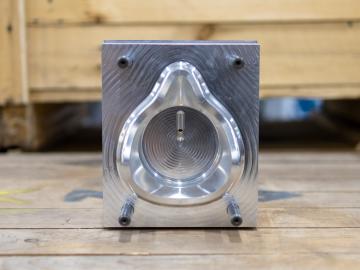
In the fight against the COVID-19 pandemic, it’s a race against the clock not only to find a vaccine but also to supply healthcare workers with life-saving equipment such as face shields, masks and test kits.
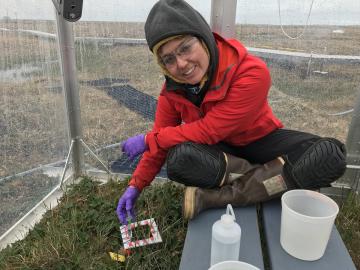
While some of her earth system modeling colleagues at ORNL face challenges such as processor allocation or debugging code, Verity Salmon prepares for mosquito swarms and the possibility of grizzly bears.

In the Physics Division of the Department of Energy’s Oak Ridge National Laboratory, James (“Mitch”) Allmond conducts experiments and uses theoretical models to advance our understanding of the structure of atomic nuclei, which are made of various combinations of protons and neutrons (nucleons).

In the race to identify solutions to the COVID-19 pandemic, researchers at the Department of Energy’s Oak Ridge National Laboratory are joining the fight by applying expertise in computational science, advanced manufacturing, data science and neutron science.
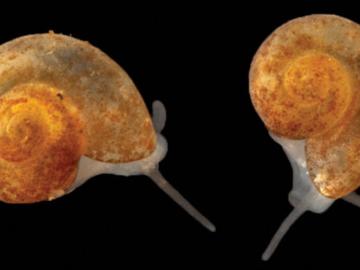
Sometimes conducting big science means discovering a species not much larger than a grain of sand.

As a teenager, Kat Royston had a lot of questions. Then an advanced-placement class in physics convinced her all the answers were out there.



